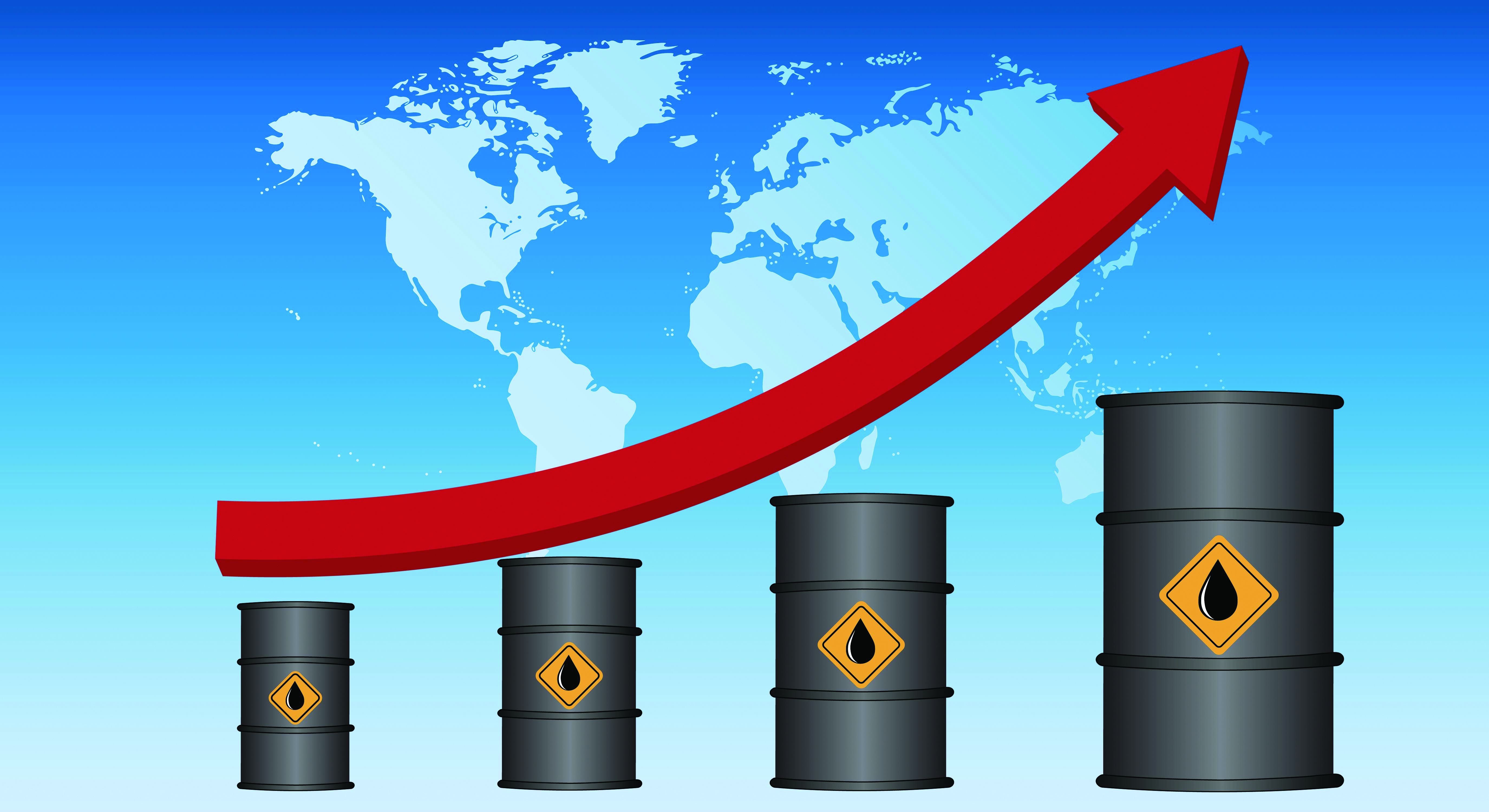Despite the clean air hullaballoo, U.S. oil production will average 11.8 million barrels/day in 2022. This is up from the 2020 per day average, but less than the 12.3 million barrels/day in 2019. Overall supply and prices will depend on surging oil demand — and whether OPEC will okay long-term production, as the current rate seems bound.
Furthermore, U.S. liquid natural gas will also play a major role as other nations around the world will beat ever louder on America’s door. Coal production will benefit from the urgency of production needs, no matter what the clean air instigators demand.
This is a dramatic reversion from President Joe Biden’s shutdown of American oil supply providers, while just over the North American border in Canada is a leader of oil and natural gas production. Clean air advocates look even more ridiculous as oil/gas production and coal is begged for by the world’s manufacturing nations.
Coal production will rise by 6 percent in 2022, following a 9 percent increase in 2021. This marks the first time U.S. coal production has increased in two consecutive years in more than a decade.
But as President Biden prepares for a major loss in the biennial elections this November, the use of coal, oil and natural gas will be available to meet the massive demand that keeps moving forward, ending Biden’s ill-timed attempt to cleanse the air.
Fed Interest Rates to Rise
The Federal Reserve plans to raise interest rates for the first time in years. While hiking rates are economically driven, so will it also affect everyday consumers.
The last time the Fed raised interest rates was in 2018. It began lowering them to keep them from collapsing a COVID-19 engendered U.S. economy. This assured rebound is due in March 2022.
Inflation has been the major factor, pushing the central bank to raise rates. Consumer prices increased
7 percent for the year ending December 2021 — the largest 12-month increase in 40 years, according to the most recent U.S. Bureau of Labor Statistics report.
Food prices also contributed; the food index rose 0.5 percent in December. However, the energy index declined in December, ending a long series of increases; it fell 0.4 percent as the indexes for gasoline and natural gas both decreased.
Higher interest rates will hopefully bring inflation down, as well as the rising cost of goods. This will also affect credit cards, mortgages, investments and savings.
As interest rates start rising, the Federal Reserve doesn’t intend to stop the catchup needed to restrain runaway inflation. While the catchup on interest rates will be felt most aggressively in 2022, the Fed is putting no lid on further interest rate increases “as is needed.”
With a possibility of inflation indicating no stopping this year, the Federal Reserve will keep increasing interest rates to keep going. This will also be subject to the political effects of the biennial elections in the middle of 2022. This guarantees a “wild and wooly” year ahead.
Big Corporate Deals Ready for 2022
U.S. companies logged $2.8 trillion worth of takeover in 2021, more than surpassing the $1.96 trillion set previously in 2015. But even more amazing, 2021 encompassed a much larger number of companies — 20,000 more, to be exact.
All in all, last year’s strong economic recovery generated a broader involvement of industries, consumer goods and technology. But despite 2021’s mighty surge, 2022 is set to overcome all previous years. Companies have plenty of financial firepower, and borrowing costs from banks are reasonably in line, even if the Federal Reserve increases the long-awaited percentages.
While gaining borrowing capabilities and despite interest rate increases and the new Omicron variant of COVID-19, positive indications are already being set in place. Rather than outbuying competitors, corporate executives are developing and increasing supply chains.
Although tougher antitrust enforcement under the Biden administration may restrict major deals, newly announced projections will be smaller but much greater in number in 2022. In fact, the demand entities indicating purchasing power already have deals in the works.
With a combination of reasonability in costs and orders awaiting fulfillment due to an all-time backlog, the current year is almost sure to set new total records, thereby indicating a new record for deals under any circumstances.





